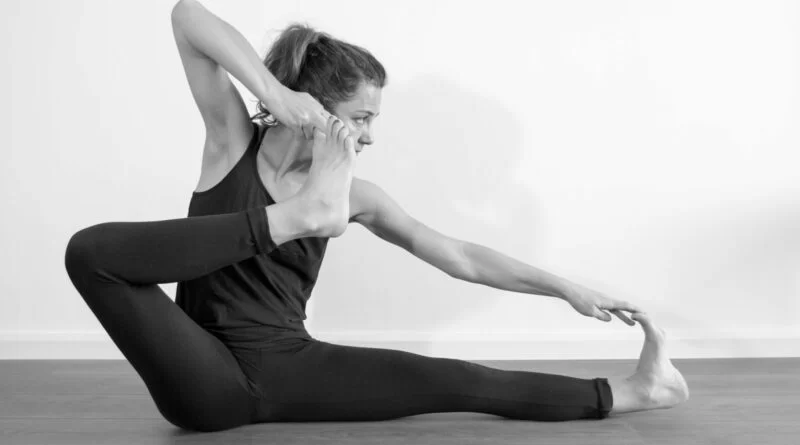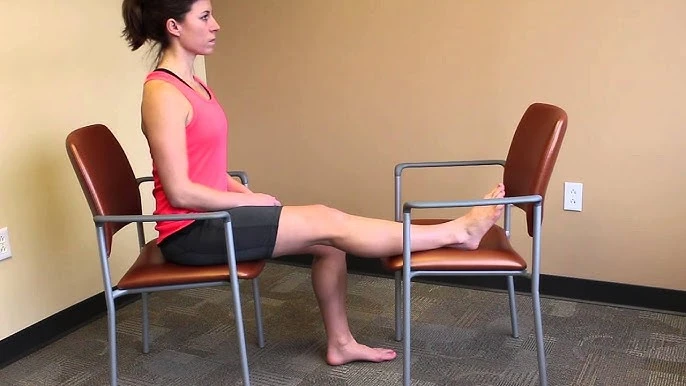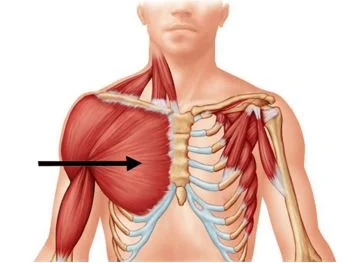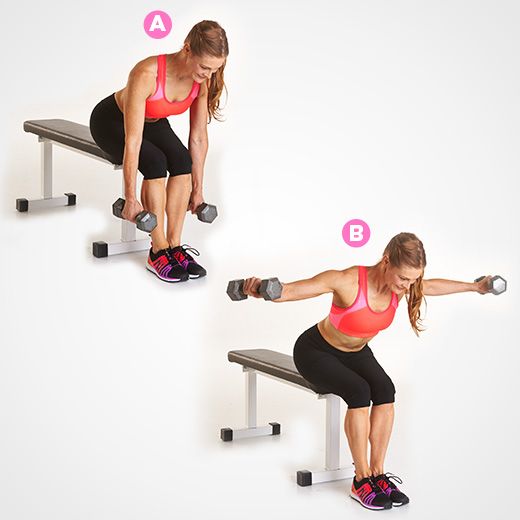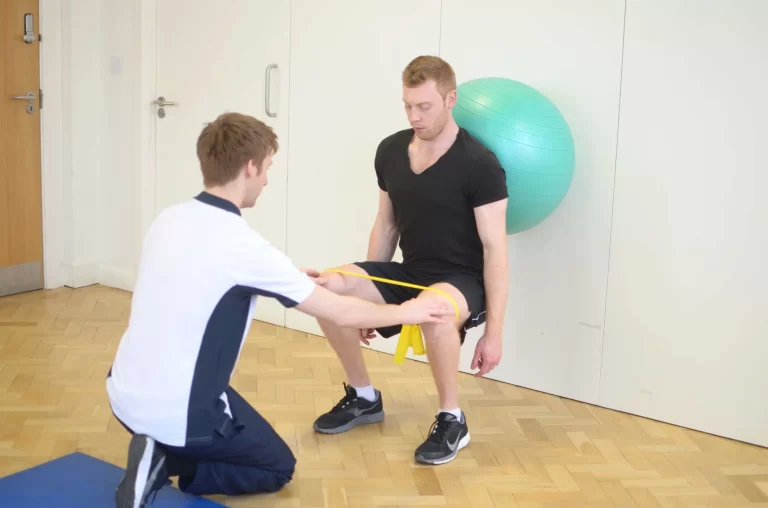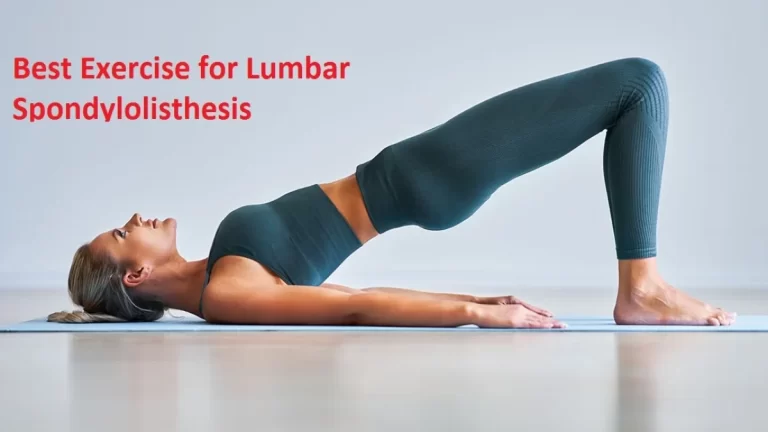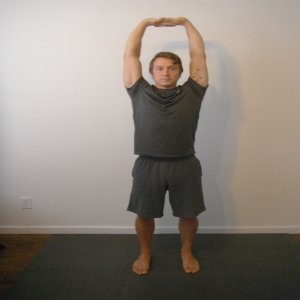Akarna Dhanurasana (Archer Pose)
Introduction
Nowadays, with such a hard life, and so many stresses, it is important to strengthen your radiance or internal light. It is said that it is your radiant body that attracts possibility and can influence those who cover you. Archer pose yoga constructs up your radiant body, producing good thoughts and a sea of internal power within. It is excellent for dancers and athletes who need strong arms and legs and a fair portion of flexibility to move.
Archer Pose – What and How to Do?
The name, Akarna Dhanurasana, arrives from the Sanskrit ‘a’ (toward or immediate), ‘Karna’ (ear), and ‘Dhanu’ (bow). This pose can live fairly contesting to the strength, balance, and flexibility of the body.
It is also called the Archer Pose because when you examine a person accomplishing this pose, you will be reminded of an archer aiming. Just like archery needs strength and flexibility, to rehearse this asana, you must evolve your strength and flexibility.
To comprehend the Akarna DHanurasana procedure, you must comprehend what it reminisces. Here archery is spiritual training; what you chant is the bow, and your senses are the line. When you pull the string back, you shrink your senses from the senses and join into contemplation, turning your power from the exterior to self-consciousness.
Steps to do Akarna Dhanurasana
An important aspect you need to know before you start practicing any yoga pose is a tranquil mind and self-realization. Once you acquire this condition of reason, you will be able to rehearse with minor movement. Align your body to sustain the pose, relax your marbles organs and breathe easy. Now you are prepared to begin.
- Step 1:
Commence with Baddha Konasana or the Bound Angle Pose. In this, you have to sit, getting the soles of your feet concurrently. Defend your hips with your hands as you slightly lift your buttocks and get them back to the floor. Wrapping your hands around your toes, move your shoulder edges close to the spine. Inhale extremely, concerning the breath going into the sides of your chest. Currently exhale thoroughly, regarding the breath down to the pelvis place. Now, bringing occasional breaths, lean your torso and pelvis barely forward, concentrating on the departure of your inner legs or groin region.
- Step 2:
Lift your outward knees with the aid of your hands, stretching your legs in front simultaneously. Turn your left leg, keeping on to the extreme perimeter of the foot with your left hand. Extend your left foot to the altitude of your armpit and press both hands against the foot to get your left leg into a rhythm of movement, back and forth at least 10-15 times. This pumping move is to bring the thigh bone into its hip socket and releases the stiffness around the leg and hip. Currently change legs and repeat the identical process with your right leg.
- Step 3:
Take the position of Dandasana again, lengthening your legs out in act of you. Breathe in, augment both arms and connect the thumbs raising the torso. Allow the thrill to be felt in your trunk. Now reach towards the legs and grasp your big toes; breathe and stretch your legs. Depressing the rears of your legs down, lift your arms towards the shelter, feeling the stretch in your interior arms. Lean your torso forward, stretching the spine as you pull it toward the back of your body. Open up your chest by expanding your collar bones and look directly in front as if focusing on a mark and hold this pose for 3-6 breaths.
- Step 4:
Augment the left foot, turning the knee and elbow rearward as if seeking the bow. Hold your body weight on your buttocks. Turn the exemplary side of your torso towards your exemplary foot, making the left part move as if in an open twist, the buttocks staying down balancing the weight.
- Step 5:
Focus directly on the act, assuming the archer within seeking the target. Inhale and then, while exhaling, raise your left foot towards your ear. Open your torso to the left, pulling back your left knee and elbow- balance on both buttocks, extending your inner right leg toward your right big toe. You will handle the greatest tension between your oversized toes. Look straight forward and hold this pose for 15-30 seconds. Now lower your left leg, gradually stretching it forward it is placed on the base beside your right leg. Move rear to step 3 and repeat on the good side. Eventually, complete the exercise by accomplishing Dandasana.
Akarna Dhanurasana Video?
Akarna Dhanurasana Benefits
- Strengthens the legs and arms
Akarna Dhanurasana stretches the leg muscles intensely. The joints of arms including shoulders and elbows are even exercised while performing the pose. It enhances the blood circulation to these muscles, hence creating them very effective. - Tones the abdomen
The core muscles are even lengthened while holding the archer’s pose. It stimulates the abdominal organs.
The inspiration of the inner organs also enhances digestion.
- Improves hips and spine flexibility
Akarna Dhanurasana is acted seating on the floor lifting the leg against gravity. The spine is retained upright and evoked from the lower back to the crown of the head.
Expanding the spinal muscles and opening the hips, enhances flexibility.
- Enhances blood circulation
This asana also unlocks the chest and enhances heart efficiency. It augments the blood circulation in the hips, knees, and abdominal area. The beginning of the heart enhances the prevalent functioning of the circulatory method. - Enhances the efficiency of kidney and liver
The posture exercises stress the inner organs like the kidney and liver. It massages these organs.
It enhances the immune system. Enhanced functioning of the liver and kidney purifies the blood and eradicates toxins from the body.
- Enhances concentration
Akarna Dhanurasana is a challenging posture that requires mindfulness to counterbalance the body. It enhances the focus and concentration power of the practitioner. - Stimulates sacral chakra
Keeping this pose exerts stress on the lower abdomen. It initiates the Svadhisthana (sacral) chakra.
Benefits of the Bow Pose
Akarna Dhanurasana is very influential in improving core strength and seat balance. Rehearsing this pose regularly adds a certain elegance to your walk and gives your body an athletic build. Detour this pose in case of hamstring damage because the archer pose lengthens the hamstrings. There are different other major advantages of this posture too.
Your legs and arms get more powerful – Akarna Dhanurasana strengthens your legs and arms. The activity of pulling the bow stretches the legs and arms, augmenting blood flow and making them strong, elbows and shoulders included.
Increases the flexibility of the hips and spine – When you sit on the floor, your left leg is raised against gravity, your spine is in a straight line, and the spinal muscles expand, opening the hips.
Blood spreads faster – With the beginning of the chest, the heart’s efficiency augments, as does the blood flow to diverse parts, releasing the circulatory method.
Enhances attention – Akarna Dhanurasana is a difficult pose. It needs a lot of attention and mindfulness because you have to balance the body and maintain the pose. This enhances the attention of the brain.
Standing Archer Pose
Standing at Archer Pose extends the energy and self, opening up the psychic channels as we examined prematurely.
It is said to be a portion of Kundalini Yoga, performing on all the chakras of the Kundalini Chakra System. To perform this posture, you need to stand in a warrior pose, extending your correct hand forward and parallel to the correct knee.
Your left arm has to be pulled back towards the left shoulder, only like an archer’s view while seeking.
Variations of Akarna Dhanurasana
Akarna Dhanurasana Standing – This deviation is rehearsed in kundalini yoga as a kriya. To perform this, legs are bought into the warrior pose-like position. Then the right hand is extended forward (parallel to the right knee) and the left arm is pulled back at the left shoulder; making an archer’s like pose.
Baddha Akarna Dhanurasana – Baddha means bound.In this deviation, after achieving the archer’s posture, both hands are covered around the back and prolonged leg so that it can be extended upward with hand help.
Akarna dhanurasana II – Sit in dandasana. Turn the left knee and place the left foot on the right thigh. Keep the left big toe with the right hand covering the thumb, index, and middle finger. Maintain the right big toe with the left hand. Lift the left foot with the correct hand to draw it closer to the right ear. Then, repeat it by alternating the hands and legs.
Akarna Dhanurasana extended interpretation – Sit in dandasana and lift the left leg placing it after the neck. Maintain the leg with the left hand with the thumb around the ankle. Switch the hands to maintain the left foot with the right hand. Turn towards the right and stretch the left arm to hold the right toes. Simultaneously raise the left arm to hold the left toes. Then, remove and repeat switching the legs.
Contraindications
Not everyone should perform Akarna Dhanurasana. Here are some circumstances when doing the Archer pose is not guided:
Women who are pregnant and menstruating must avoid this pose.
You should not achieve it if you have any shoulder or hamstring damage.
Those with lower back problems or a herniated disk must avoid this asana.
Therapeutic Applications
Akarna Dhanurasana has remedial effects on backache.
It lengthens the shoulders therefore it has been found advantageous in ministering to frozen shoulders. This pose is advantageous in curing sciatica.
Perform this asana to relieve menstrual distress, irregularity, and lower abdomen pain.
It creates the joints flexible thus it is advantageous in treating rheumatoid arthritis.
Patients with asthma must execute the pose as it enhances breathing ability.
It has relieving impacts on those who are sorrowing from tuberculosis, cough, or tonsillitis.
Akarna Dhanurasana enhances digestion and cures constipation.
This pose heals gout or any leg ache.
It also can heal armpit tumors or lumps.
Any pain participated in the loins can be facilitated by conducting this pose.
Conclusion
The routine technique of Akarna Dhanurasana will create you the master of the archer pose and instill self-esteem in you. It liberates your vitalities and builds your belief that you discover it difficult to create conclusions or are dissatisfied with small matters, archer poses yoga is the ideal practice to include in your day-to-day exercise schedule. It augments mindfulness, creating you more determined and focused, with more incredible strength of mind. You evolve into an individual with a strong personality and willpower, bringing better both physically and mentally.
FAQ
1. What are the limitations of Akarna Dhanurasana?
You should not conduct it if you have any shoulder or hamstring damage. Those with lower back troubles or a herniated disk must avoid this asana. You should also avoid Akarna Dhanurasana if you are rebounding from a current surgery in your shoulder, arms, backbone, and hip.
2. Which muscles are used in Dhanurasana?
The shoulders bend in Urdhva Dhanurasana, lengthening the muscles that expand the shoulders. These include the posterior deltoids, the latissimus dorsi, the region of the pectoralis major, and the coracobrachialis. Expanding the elbows stretches the biceps and brachialis muscles.
3. Which diseases are cured by Dhanurasana?
Dhanurasana strengthens the spine and the back. This asana withdraws constipation and remedies dyspepsia, rheumatism, and gastrointestinal illness.
4. When should we avoid Dhanurasana?
Any kind of neck damage including individual sorrowing from spondylitis. Individuals with severe backache or back injury. Too much stress is on the abdominal area as the entire body is balancing, so individuals sorrowing from ulcers in the stomach or someone with Hernia should avoid this posture.
5. What is the aim of Dhanurasana?
In Dhanurasana, the diverse regions of your body—hands, wrists, elbows, and shoulders on the upper body and feet, ankles, knees, and hips on the lower body—perform concurrently to simultaneously stretch your entire front side and strengthen your back.

